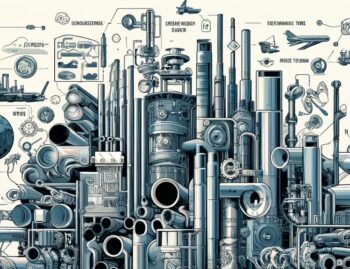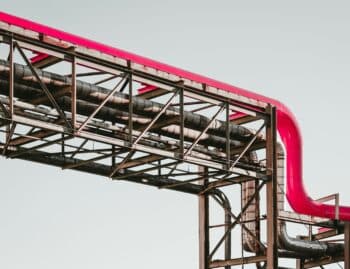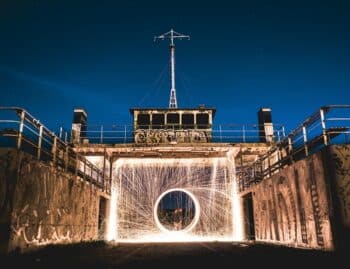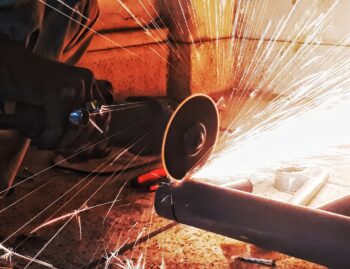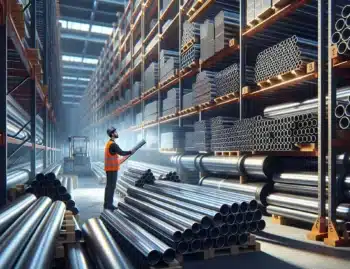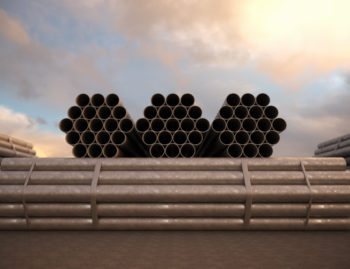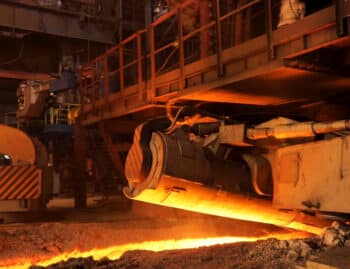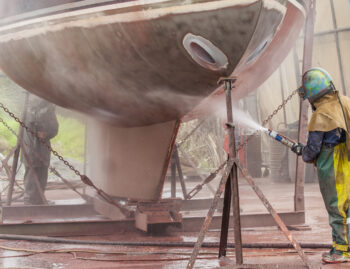
June is just getting started, but that hasn’t stopped heat waves from hitting large regions of the United States. There have been a variety of issues as a result of these temperature spikes, steel expansion.
The heat has been so bad this year that the Ben Sawyer Bridge in South Carolina was forced to temporarily close as a result of heat-related expansion. This isn’t a first and it’s not just a southern problem.
Last year, Chicago’s DuSable Bridge had to be hosed down by firefighters when surface temperatures broke 100 degrees. When steel bascule bridges expand, they have a difficult time opening and closing.
In total, research has shown that steel can expand anywhere from .006 to .007% in heat of 100 degrees. This isn’t just an inconvenience – it can represent a major safety concern.
Measuring thermal expansion
Understanding the thermal expansion of steel requires understanding some basic facts, including:
- The temperature of the steel under normal conditions.
- The original length of the steel.
From there, note the difference in the current surface temperature and the surface temperature under normal conditions. Take that number and multiply it by 7.2 x 10-6, which is the expansion coefficient for steel. Once you have that number, multiply it by the original length of steel. That final product will tell you how much longer the steel is.
Preventing thermal expansion
Depending on what you are constructing and the safety tolerances within that construction, heat related steel expansion may represent a potential safety hazard. While the Chicago example demonstrates that there are actions you can take on particularly hot days, it is far easier to avoid these problems before they start.
The type of steel you select is one of the best methods by which you can minimize heat expansion. Of the various types of steel, stainless steel expands the least in heat. The material also has a variety of other benefits, including:
- Resistance to most forms of corrosion, thus making it an ideal construction material.
- Ease of cleaning, thus ensuring a material which is hygienic and commercially viable.
- Strength of material, thus ensuring that it holds its shape in both extreme heat and cold.
- Beautiful and highly desirably aesthetics which are currently in high demand in buildings of various architectural styles.
If climate change continues to accelerate, this is a problem which will continue to get worse. This reality, combined with the fact that many bridges were built using materials which no longer suit the climate, ensures that heat related steel expansion will continue to be a pressing issue in today’s building community.
Fortunately, there are things which construction companies can do in order to mitigate this threat. Primary among these actions is the selection of the material you use in construction, and stainless steel represents a fantastic material which can help minimize heat expansion. Careful planning and selection can ensure that your construction will be safe and long-lasting.


